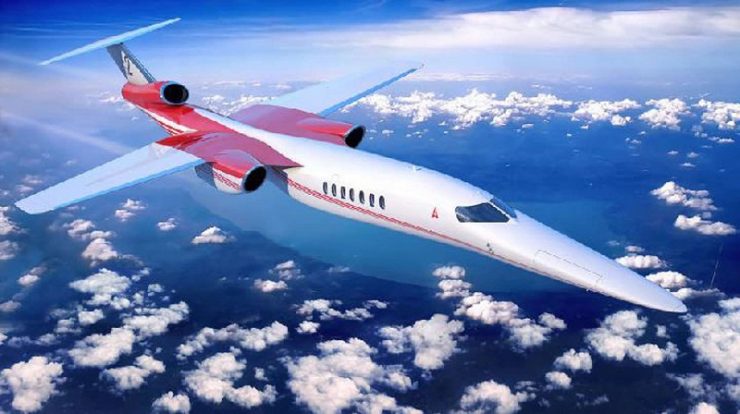THE UNITED States space agency NASA will operate a supersonic aircraft. The aircraft will allow commercial passengers to travel from New York to London in less time than the average in-flight movie. NASA has explored a business case study for supersonic passenger air travel.
If these preliminary studies show any promise, the plane could hurtle across the Atlantic at an incredible speed of about 1,535 to 3,045 miles per hour (mph), twice as fast as an F/A-18 fighter.
According to NASA, the next phase of high-speed air travel research is now underway. Two 12-month contracts were awarded to Boeing, Rolls-Royce and others to help conceptualize new jets and build a technology roadmap.
Earlier this summer, NASA completed the X-59 silent supersonic test aircraft, which is designed to dampen its own sonic boom; program that would become the inspiration for the new jet project. The X-59 is scheduled to make its first test flight later this year.
“NASA is only in the early stages of exploratory research,” NASA spokesperson Rob Margetta told DailyMail.com, “and is not developing such a craft.”
The world’s fastest passenger jet today, the French and British-made Concorde, made a fast flight between New York and London on February 7, 1996, crossing the Atlantic in just 2 hours 52 minutes and 59 seconds. By comparison, today’s standard large airplanes fly at a cruising speed of about 600 mph, about 80 percent the speed of sound.
These jets can take 5 hours or more to travel the 3,461 miles from New York to London. In contrast, the Concorde enjoys a maximum cruising speed of 1,354 mph. But the Concorde jet was retired in 2003 following a slump in the commercial aviation industry and the Concorde crash in 2000.
NASA even hopes to cut the Concorde’s flight time by almost half. In a press statement, NASA said they hoped to see flights from New York City to London accelerated to up to four times faster than what is currently possible.
From their business analysis, the agency believes there is a potential passenger market on 50 routes connecting various cities, focusing on sea crossing flights first to minimize regulatory hurdles.
According to NASA’s Hypersonic Technology Project manager, Mary Jo Long-Davis, two 12-month contracts exploring the feasibility of supersonic passenger jets will likely focus on reducing noise during takeoff and landing.
Both the United States and many other countries have banned supersonic flights by ground, citing noise pollution from sonic booms and other problems.
Emissions from altitude and other environmental factors, Long-Davis told technology website The Register, were important initial concerns for their new project.
“We are also collectively aware of the need to consider safety, efficiency, economics and social concerns,” said Long-Davis. “It is important to innovate responsibly so that we provide benefits for tourists and do not harm the environment,” he concluded. [sources/photo special]
















